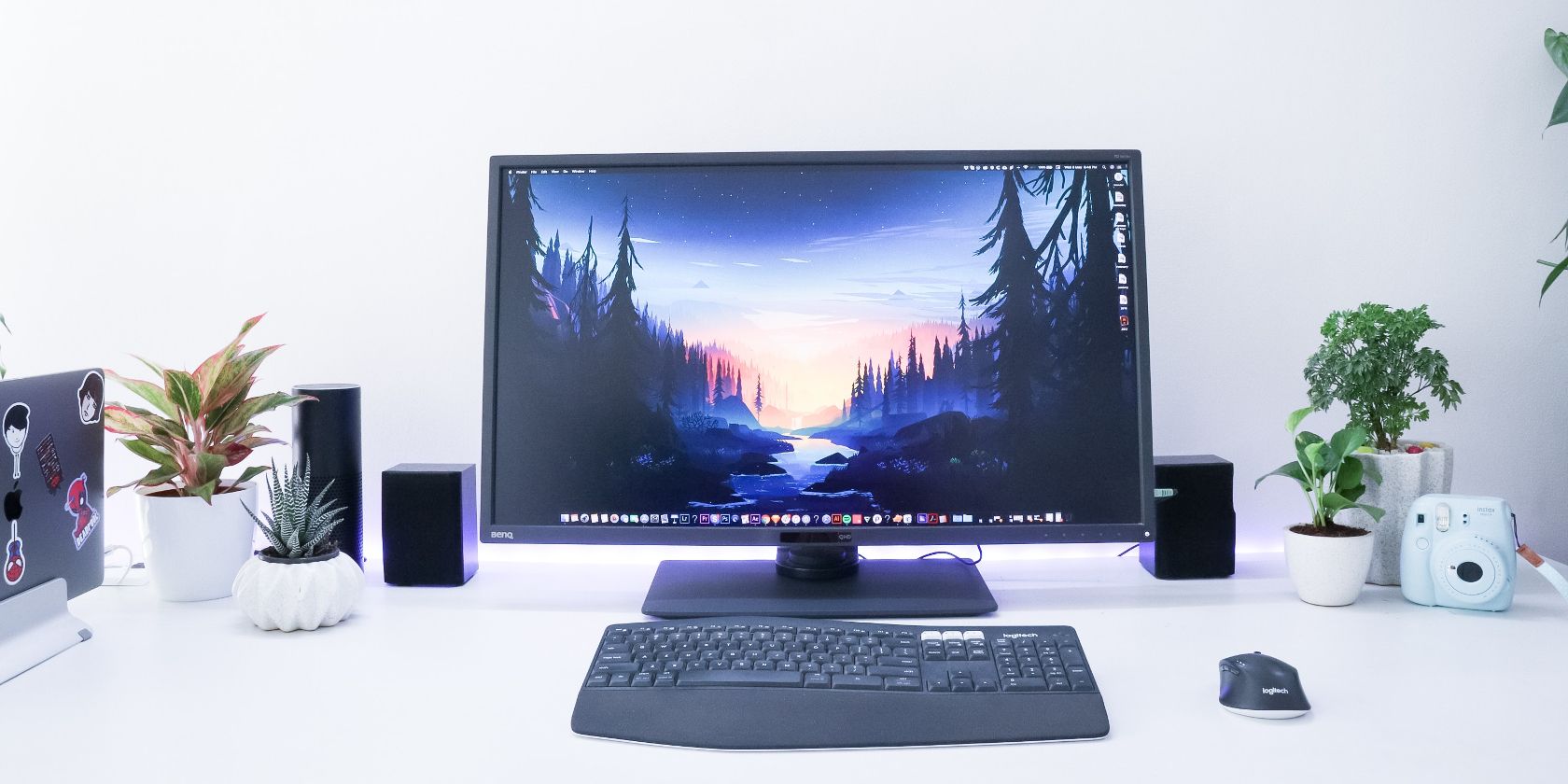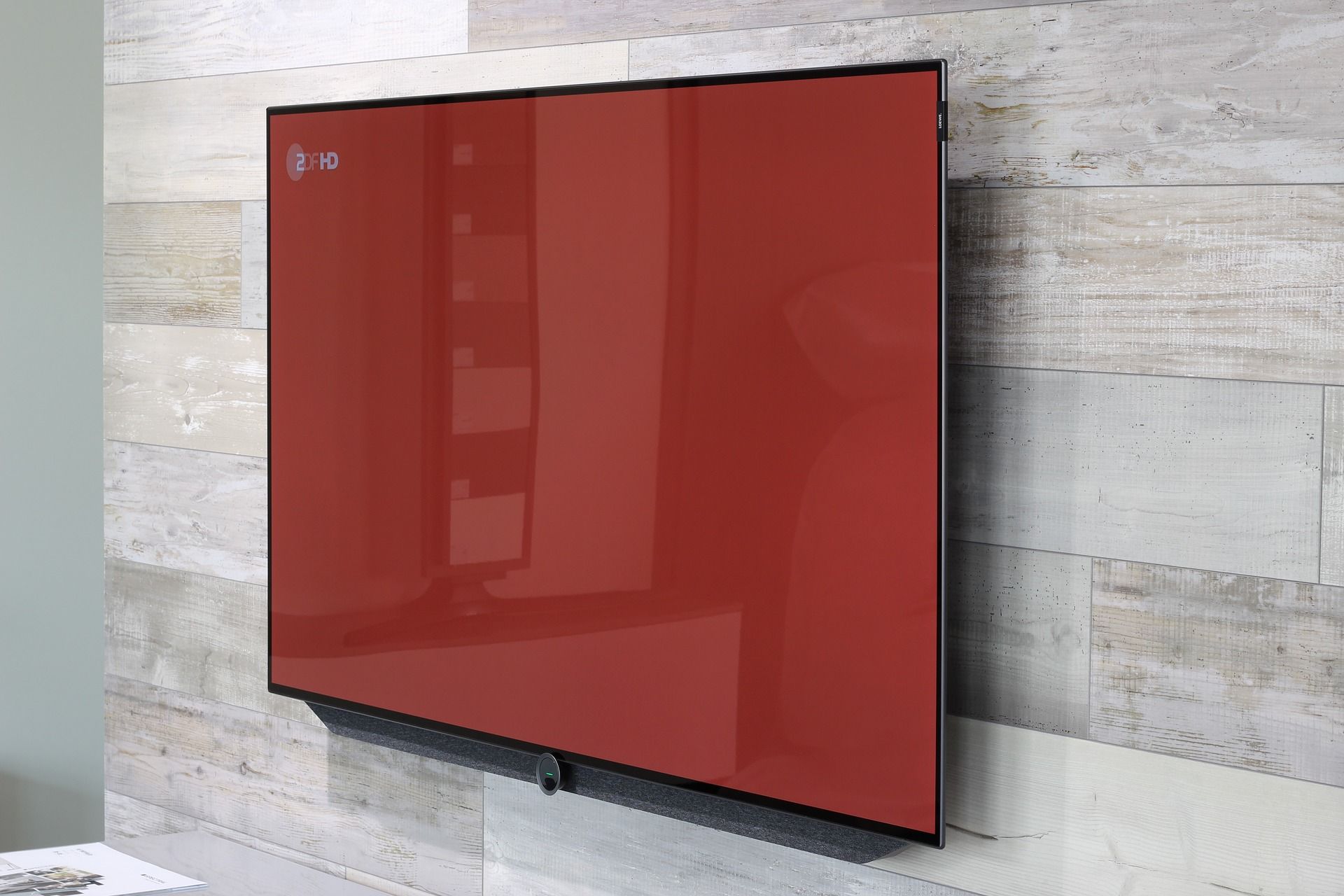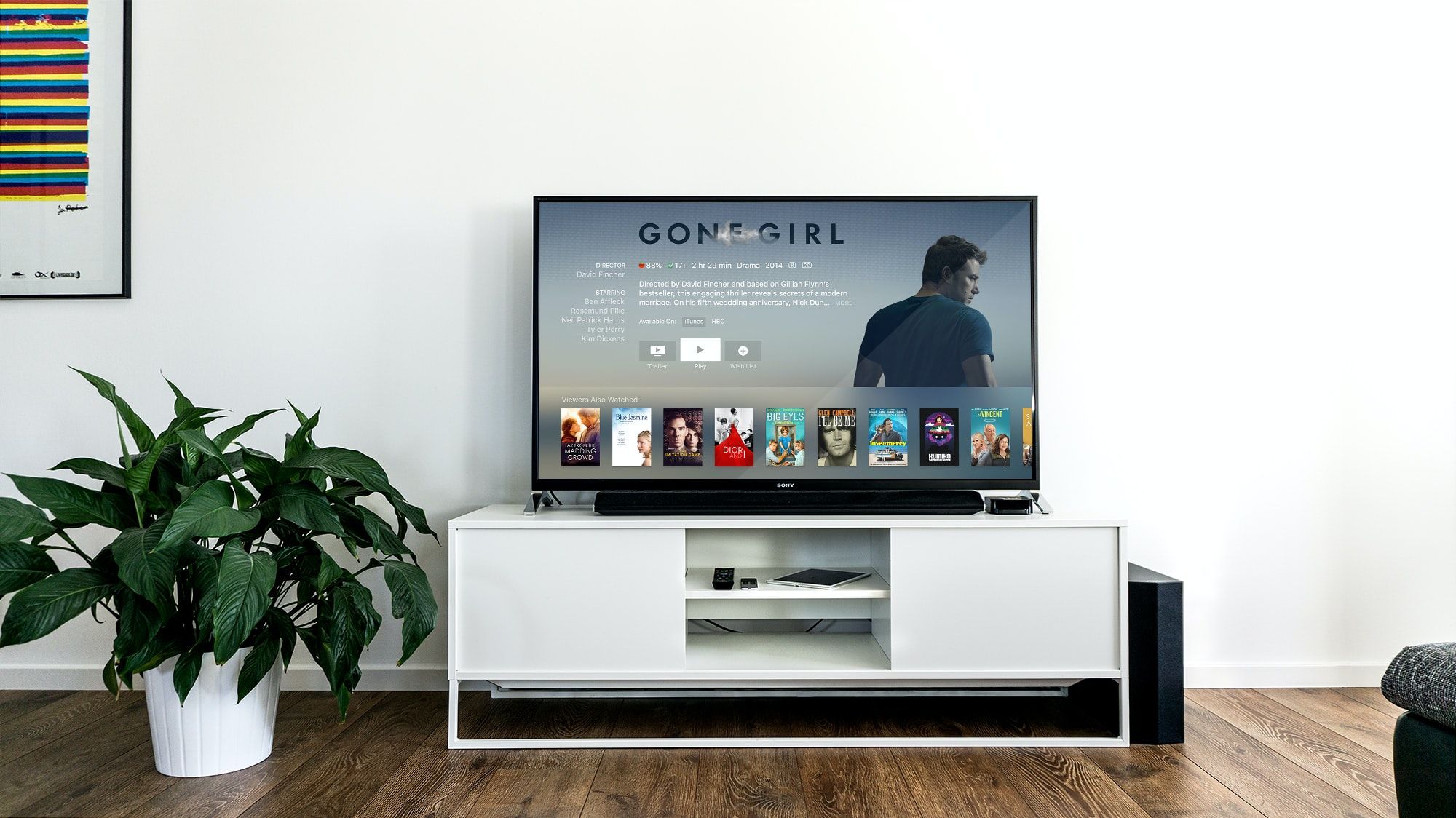Terms like HD, FHD, QHD, 4K, and 8K are tossed around a lot nowadays. And if you're not an expert, knowing what they mean—and whether or not there are any unique benefits—is sometimes challenging.
Two of the upper-tier resolutions are QHD and 4K. A lot of smartphones, TVs, and computer monitors use these. But how are these two resolutions different? Let's take a look and help you settle the QHD vs. 4K debate.
What Is QHD?
Also known as "Quad High Definition", a QHD screen is 2560x1440 pixels. This is four times higher than a standard high definition (HD) TV or monitor, which is 1280x760 pixels.
When it comes to QHD resolution, a screen will have 3,686,400 pixels on it. This is a density of around 489.5 pixels per square inch on a six-inch screen. QHD is the standard resolution for flagship smartphone screens released nowadays.
A Full HD display (1920x1080 pixels) would have a pixel density of about 367 pixels per square inch. Meanwhile, a standard HD screen's density is around 244 pixels per square inch.
Larger displays, like monitors and TVs, have a lower pixel density. A 24-inch QHD computer monitor will have a pixel density of about 122.3 pixels per square inch. Because of this, it's not the most popular choice among gamers who sit really close to their monitors. The added screen size can lead to the viewer seeing pixelation in the content.
What Is 4K?
4K is called 2160p. It's also often referred to as ultra high definition (UHD), but there is actually a difference between 4K and UHD. A 4K display will be 3,840x2,160 pixels, which adds up to over 8.2 million pixels in total. On a six-inch display, this would be 734 inches per square inch.
On monitors, a standard 24-inch 4K gaming monitor will have around 183.6 pixels per square inch.
Technically, the name "4K" is inaccurate. The "K" in 4K stands for how many thousands of pixels there are length-wise. QHD is called 2K because it has more than 2,000 pixels length-wise. However, 4K is 3,840 pixels when going by this.
4K is much more popular in the TV market than on smartphones. The first smart phone with a 4K display was 2015's Sony Z5 Premium. But the added resolution ultimately added little to the overall user experience.
QHD vs. 4K: Is 4K Really Better?
Although 4K packs more pixels into each square inch of screen, it's not as cut and dry as most people may think. There are other things that need to be taken into consideration, such as the areas outlined below.
How They Look Up Close
When you really zoom into content on the screen, 4K comes out on top. The added resolution comes in handy if you're trying to review content like videos or photos.
How They Look From a Distance
When it comes to how these resolutions look from a distance, there's no real discernible difference between them. Viewing a QHD display across a living room or a crowded bar eliminates the need for added pixels. Because of this, QHD can gain a few points over 4K.
It's also worth keeping in mind that 4K consumes more energy than QHD. The additional pixels drain more energy than most people think. If, from a distance, there's no way of telling the difference between the resolutions, it's more energy-efficient to buy a QHD display.
The Eyes Want What They Want
When it comes to spotting the differences between 4K and QHD, it's hard to stand on one side. In the grand scheme of things, you can't go wrong with either. If you want to look closely at the content that you're consuming, then 4K is the way to go.
If you want to save a bit more cash, while still seeing a beautiful display, then QHD is for you. Either way you slice it, you're still going to have a great viewing experience.




